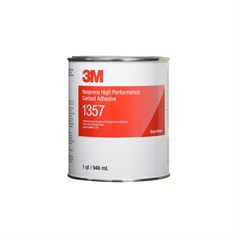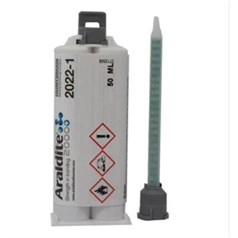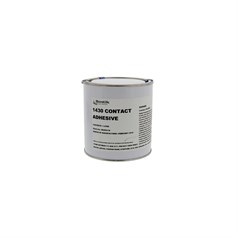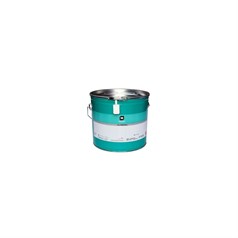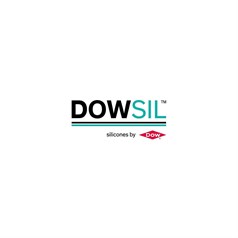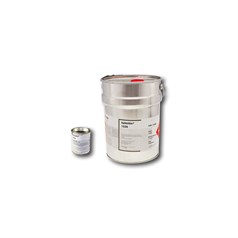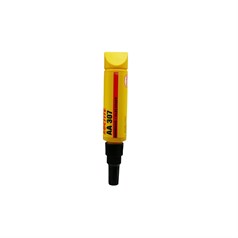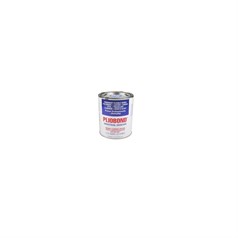Contact Adhesives
Contact adhesives are a type of rubber-based adhesives used to glue metal panels, plastic foams, vinyl, leather and more. They are often employed to bond materials that require high shear strength, such as laminates. They are especially effective at bonding dissimilar substrates. Contact adhesives can be manufactured with natural or synthetic rubber.
Contact adhesives need to be applied in thin layers with a brush, spray or spatula. They must be fully dried before the surfaces to be bonded can come in contact. Once dried, contact adhesives provide strong adhesive properties, creating a permanent bond.
Conro offers a wide choice of contact adhesives from major manufacturers such as Henkel Teroson.
Conro is an authorized distributor for Henkel.
Types of contact adhesives
Contact adhesives are available in two main varieties:
- Water-based. Water-based adhesives offer higher bonding strength and temperature resistance than solvent-based ones. They are also more environmentally friendly. However, they take a longer time to dry before the bonding surfaces can be joined.
- Solvent-based. The main advantage offered by solvent-based contact adhesives is the faster drying time. They can form bonds as soon as the solvents evaporate, which takes usually 5 to 10 minutes. They are also more durable and have better chemical resistance.
Advantages and disadvantages of contact adhesives
Contact adhesives are easy to apply, dry quickly and provide excellent bonding strength to many substrates. This makes them a versatile product, suited to a wide variety of applications and industries. Contact adhesives are durable and resistant to heat and water damage. Additional benefits include their high shear strength, flexibility and gap filling properties.
On the other hand, their high bonding strength means that there is little to no time to reposition the materials after they are joined. Any mistakes can be really difficult to fix without damaging one or both surfaces. Working with contact adhesives also requires protection against their fumes. They should always be used in well-ventilated area, while wearing a mask.




